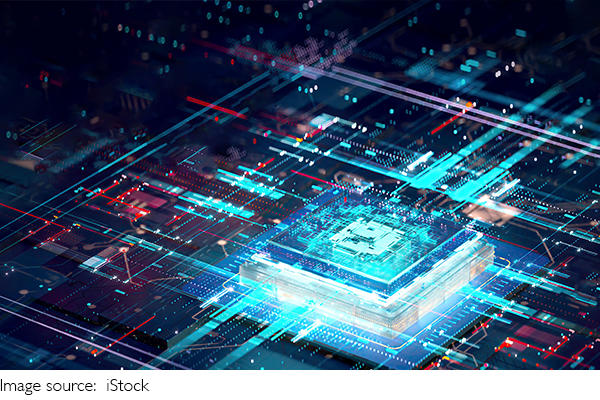PCBs and ICs

When studying electronics, we often encounter the terms Printed Circuit Board (PCB) and Integrated Circuit (IC), and many people find it confusing to differentiate between them. In reality, they are not so complicated.
Today, let's clarify the differences between PCBs and integrated circuits.
PCB:
A Printed Circuit Board is a substrate for assembling electronic components, designed to form point-to-point connections and printed components on a common base material. Its primary function is to establish connections between various electronic components to form predetermined circuits, serving as a relay for transmission.
It is a crucial electronic interconnection component in electronic products, often called the "mother of electronic products". PCBs, the substrate for mounting electronic components and key interconnection components, are required for any electronic device or product.
Manufacturing Principles of PCBs:
When we open a computer keyboard, we can see a flexible film (flexible insulating substrate) with silver-white (silver paste) conductive and character patterns printed on it. This printed circuit board, produced through the general silk screen leak printing method, is a flexible silver-paste printed circuit board.
However, the printed circuit boards on various computer motherboards, graphics cards, network cards, modems, sound cards, and household appliances are different. They use substrates made of paper (commonly used for single-sided) or glass cloth (widely used for double-sided and multilayer), pre-impregnated with phenolic resin or epoxy resin, with copper foil bonded on one or both sides and then laminated and cured.
Such boards with copper foil laminates are called rigid boards. When transformed into printed circuit boards, they are called rigid printed circuit boards. If printed circuit patterns are on one side, we call it a single-sided printed circuit board; if printed circuit patterns are interconnected through metal-plated holes, it is called a double-sided board.
If one double-sided board is used as the inner layer and two single-sided boards as the outer layers, or two double-sided boards as the inner layers and two single-sided boards as the outer layers, and they are laminated together using a positioning system and insulation bonding materials, interconnected according to the design requirements, it becomes a four-layer or six-layer printed circuit board, also known as a multilayer printed circuit board.
Integrated Circuit (IC):
It is a miniature electronic device or component. By employing specific processes, the necessary components of a circuit, such as transistors, resistors, capacitors, and inductors, along with wiring interconnections, are fabricated on a small piece or several small pieces of semiconductor chips or dielectric substrates.
These are then encapsulated in a package, forming a microstructure with the required circuit functions. All components are integrated into a single structure, advancing towards miniaturization, low power consumption, intelligence, and high reliability in electronic devices. It is represented by the acronym "IC" in circuits.
The inventors of the integrated circuit are Jack Kilby (based on germanium (Ge) integrated circuits) and Robert Noyce (based on silicon (Si) integrated circuits). Most applications in today's semiconductor industry are based on silicon-integrated circuits.
Manufacturing Principles of ICs
Today's integrated circuits have integration levels far beyond comparison with a set of houses. Perhaps a modern skyscraper would be a better analogy: shops, offices, cafeterias, hotel-style apartments on the ground floor, and several levels of underground parking below, with foundations underneath.
This layout represents the arrangement of integrated circuits, where analog and digital circuits are separated, sensitive circuits handling small signals are separated from control logic with frequent switching and power supplies are placed separately in one corner. The layout of rooms on each floor, as do the corridors, can be a rectangle, a cross, or several shapes.

This represents the design of integrated circuit components, where folded shapes or "fork-finger" structures of transistors can be used to reduce footprint and gate resistance in low-noise circuits. Each floor has direct access to high-speed elevators; for efficiency and functional isolation, multiple elevators may reach different floors.
This represents the wiring of integrated circuits, with power lines and ground lines separated, broad lines for heavy loads, clocks separated from signals, vertical wiring between layers to avoid interference, CPU connected to memory through high-speed buses, acting like elevators between floors, and via holes between layers acting like elevator shafts between floors.

 · Science Team
· Science Team